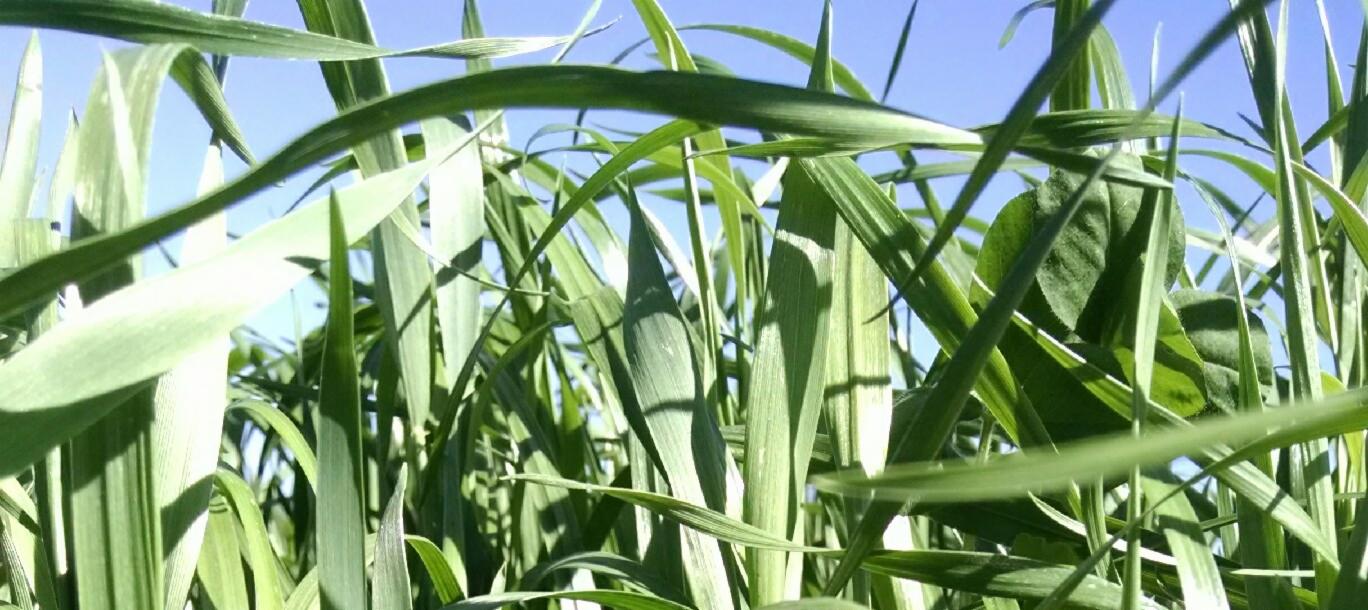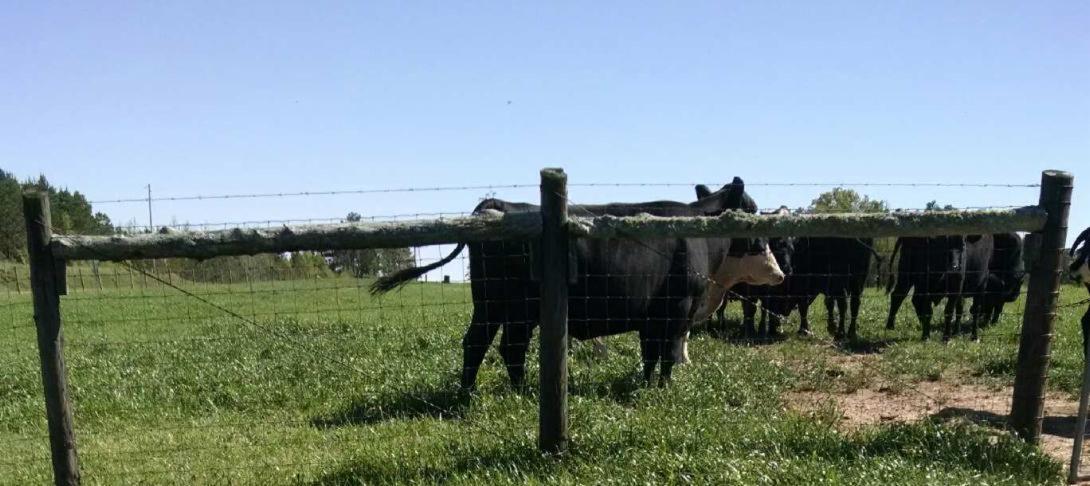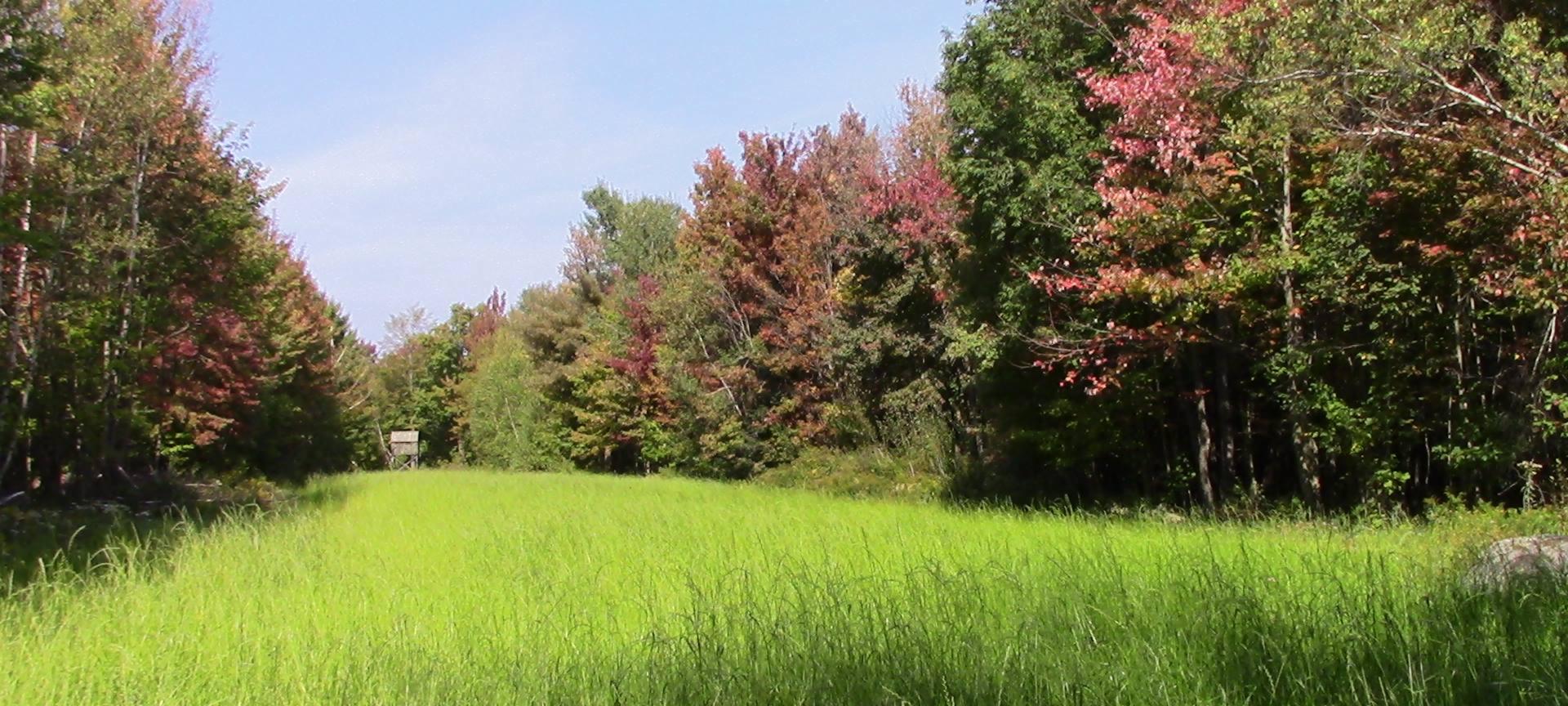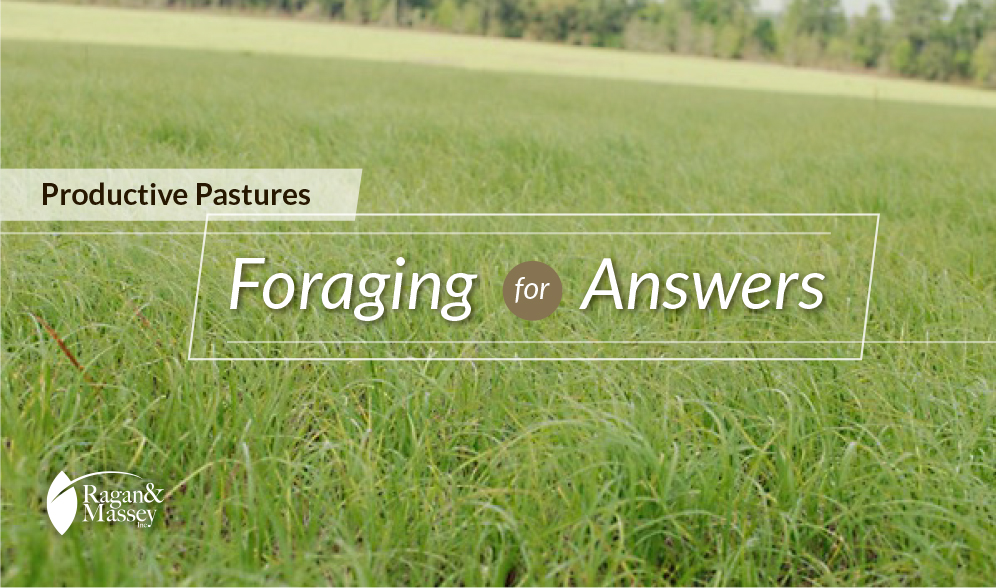
Broomsedge in Pastures
Broomsedge, which is actually a native grass and not a sedge, has become more prevalent in many pastures in the eastern United States in recent years. This is undesirable, because this plant provides relatively little nutritional value to livestock. Even worse, it competes with desirable plants for nutrients, water, sunlight, and space. Reasons for Encroachment […]
























